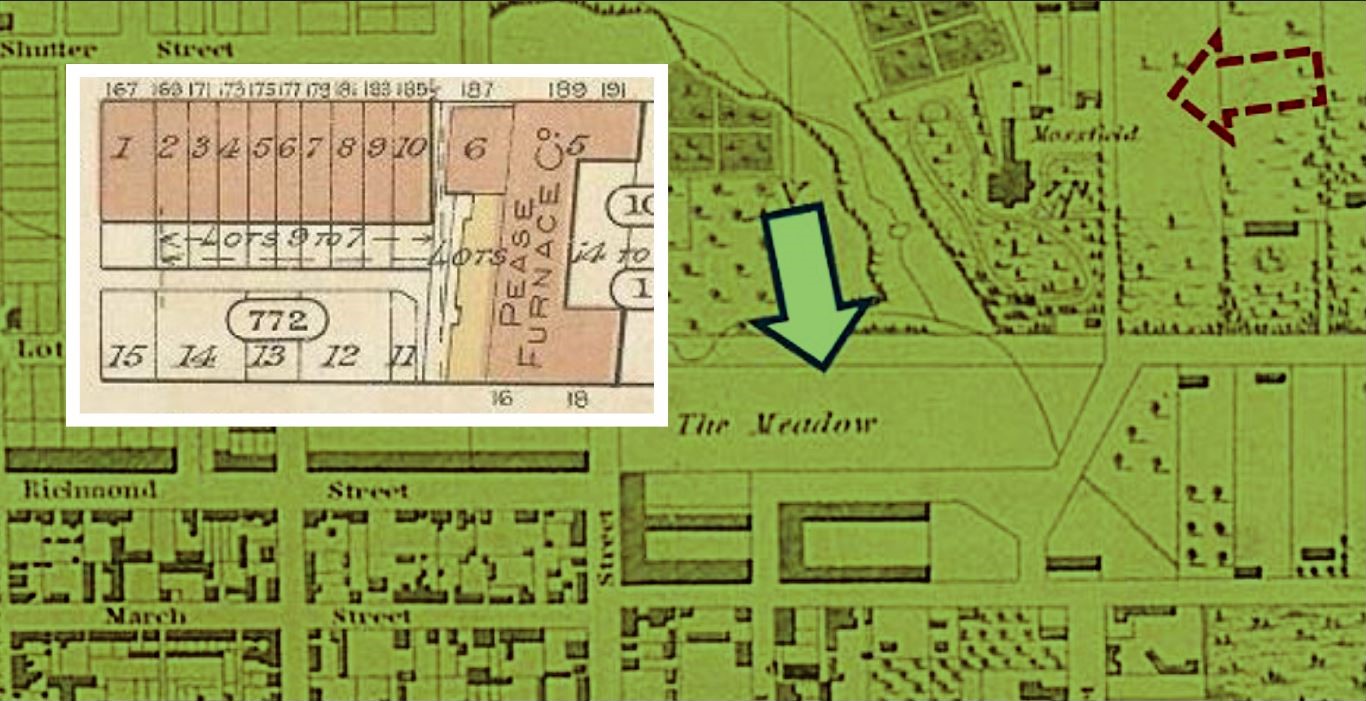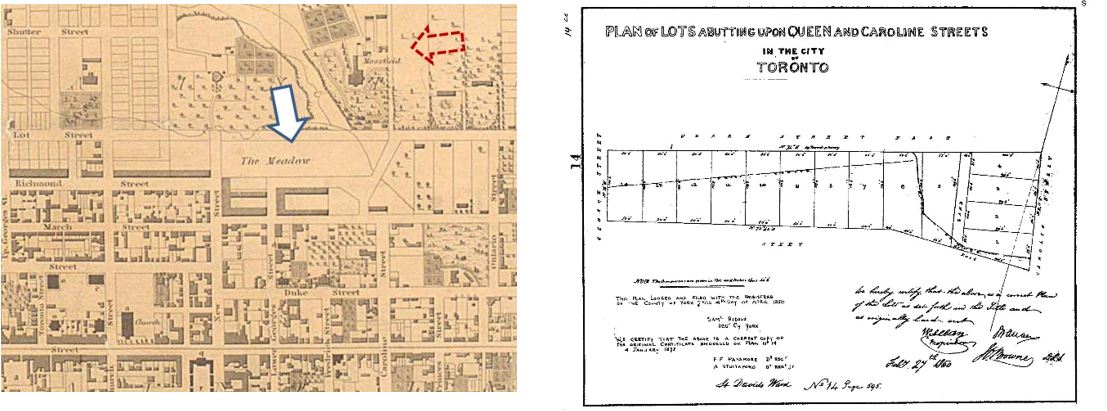The Thomas J. Wilkie Block

The Thomas J. Wilkie Block, built in the late 19th century, holds historical significance for the City of Toronto. The architecture paired with the association of the man behind the block makes the preservation of this section of buildings a worthy cause.
In 2019, a case was presented to the Toronto Preservation Board to have a section of this block (167 – 185 Queen Street) included in the City of Toronto Heritage Register.
Thomas J. Wilkie was a prominent YMCA leader in Ontario and was also known for his contributions to the development of the Long Branch community in the late 1800’s. The block that he developed on Queens Street is a strong symbol of the late 19th-century community on Queen Street, that showcases the mix of industrial, commercial, and residential functions along the major city route. It also marked the original boundary that separated the Town of York and the Park Lot Estates.
Through historical surveys, we gain a distinct opportunity to trace the evolution of this block of land, giving the observer a look into the series of events that resulted in its preservation and current use.
In the below survey plans dated in 1842 and 1850, we see a pivotal moment in the landscape's history. During this period, Queen Street underwent an extension from Jarvis to Caroline Street (now Sherbourne Street), which was a noteworthy reshaping of the land at the time. Before this change, Taddle Creek was an obstruction to the continuance of Queen Street as illustrated in image 1.
1. James Cane, Topographical Plan of the City and Liberties of Toronto, 1842, showing the subject property when Queen Street was obstructed by Taddle Creek, and the land of the subject property was known as The Meadow.
2. Krcmar Surveyors Ltd, Registered Plan, 1850, showing an unobstructed Queen Street continuing to Caroline St (Sherbourne St).
In Image 2, the 1850 survey reveals Queen Street continuing east to west along the north side of the subject block to Caroline Street. To the south of the subject block is Britain Street, though the name is not documented on the survey. The westerly lots, 11-14 are the grounds on which 167 – 185 Queen Street will be established in the future. At the time they are simple rectangular lots predominantly used as a lumber yard and storage facility.
In 1886, the acquisition of this block of land is made by Thomas J. Wilkie. In rapid and visionary move, he subdivided the land into 10 lots that lined Queen Street and an additional 5 lots facing Britain Street, separated by a laneway destined to gain its own reputation and historical significance in the years to come, for its own unlawful reasons. In a shift that would shape the landscape for the next century, Wilkie established 10 Stores on the 10 lots facing Queen Street. This division of land is documented in this survey from 1890 and illustrated in this snapshot from a survey in the same year.
3. Goad's Atlas, Subdivision Plan, 1890, the property is subdivided by Thomas J. Wilkie as Plan 772, with the lots 1-10, showing their varying widths, and the block at 167-185 ½ Queen St. E. complete. The southern portion of the land has been divided into lots 11-15 on Britain Street with a laneway in between.
The stores along Queen Street are a great example of High Victorian and Romanesque architectural styles. The High Victorian features include diverse shop sizes, and a mix of materials, window styles, and sculptural details that added an element of character that speak to the architectural style of this specific era.
Surveys were used alongside other images to aid in the determination that these the buildings should be officially “designated as being of cultural heritage value or interest” and preserved due to their historical significance. The character and stories bound to these buildings make them an integral part to the neighbourhood identity, but also the history behind the City of Toronto.
References:
1. City of Toronto, Inclusion on the City of Toronto's Heritage Register –167-185 Queen Street East and Intention to Designate under Part IV, Section 29 of the Ontario Heritage Act – 167 Queen Street East. 2019. https://www.toronto.ca/legdocs/mmis/2019/pb/bgrd/backgroundfile-139892.pdf
2. Ontario Heritage Trust, IN THE MATTER OF THE ONTARIO HERITAGE ACT R.S.O. 1990, CHAPTER 0.18 AND CITY OF TORONTO, PROVINCE OF ONTARIO 167 QUEEN STREET EAST. 2019. https://www.heritagetrust.on.ca/fr/oha/details/file?id=12648
3. Our Ontario, Newspaper Archive, Thomas J Wilke Dies: YMCA Pioneer. https://images.ourontario.ca/Partners/RHPL/RHPL003227787pf_0053p.pdf
4. City of Toronto, BY-LAW 77-2020 To designate the property at 167 Queen Street East (including the entrance address at 169 Queen Street East) as being of cultural heritage value or interest. Feb 12, 2020. https://www.toronto.ca/legdocs/bylaws/2020/law0077.pdf














